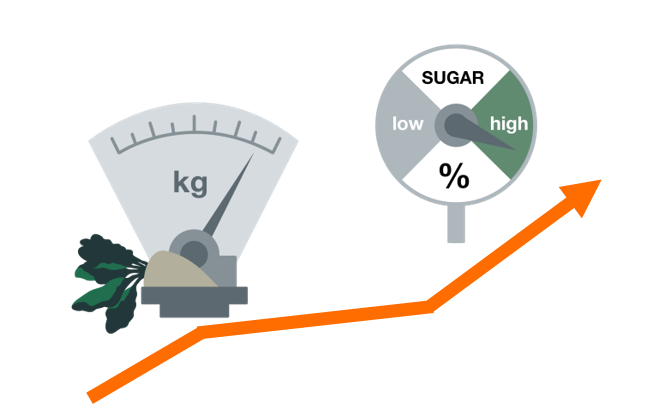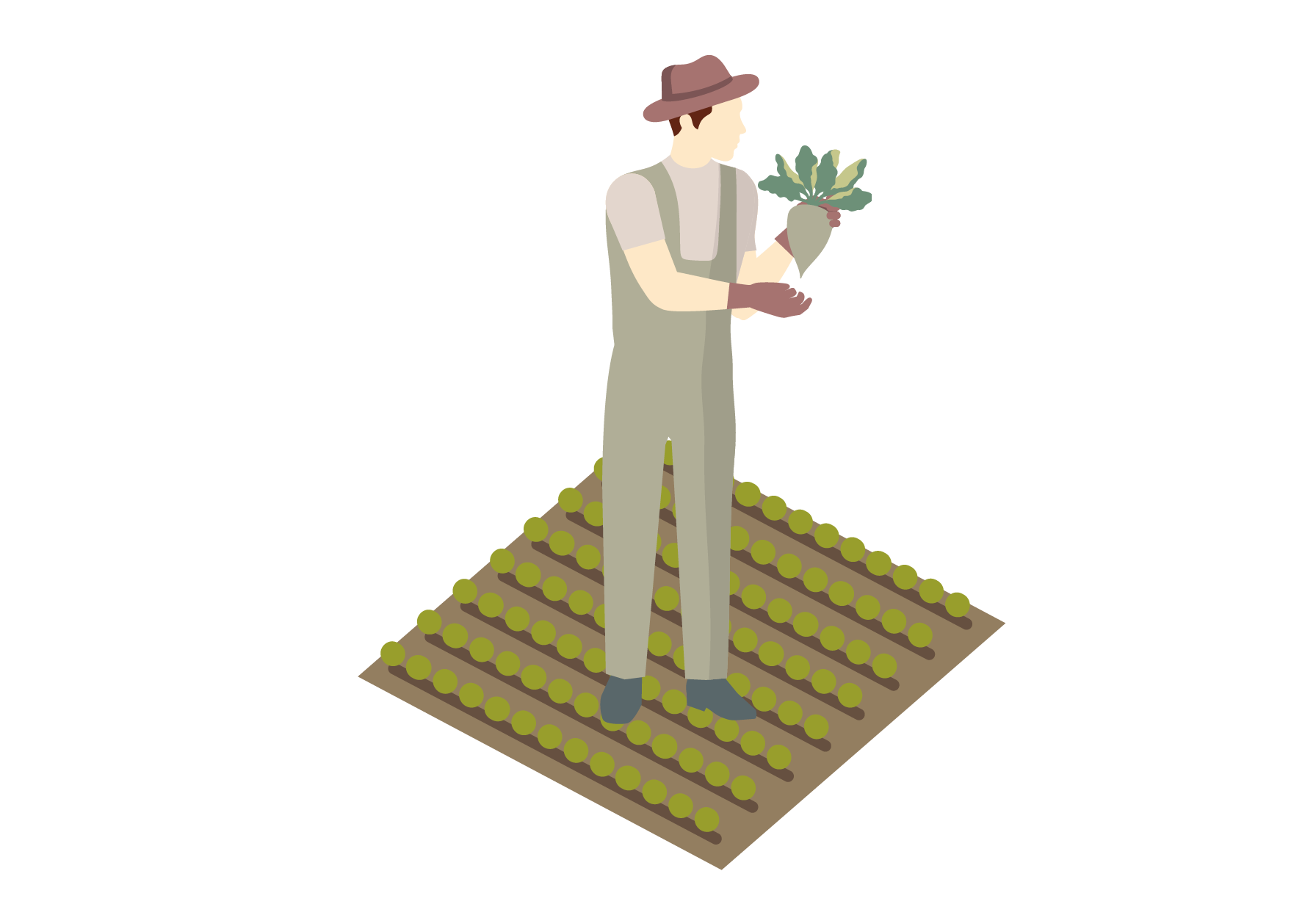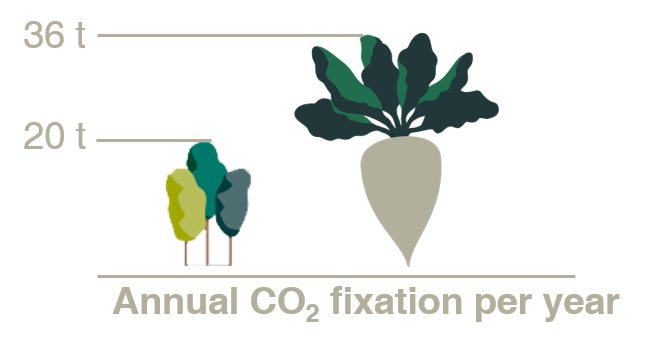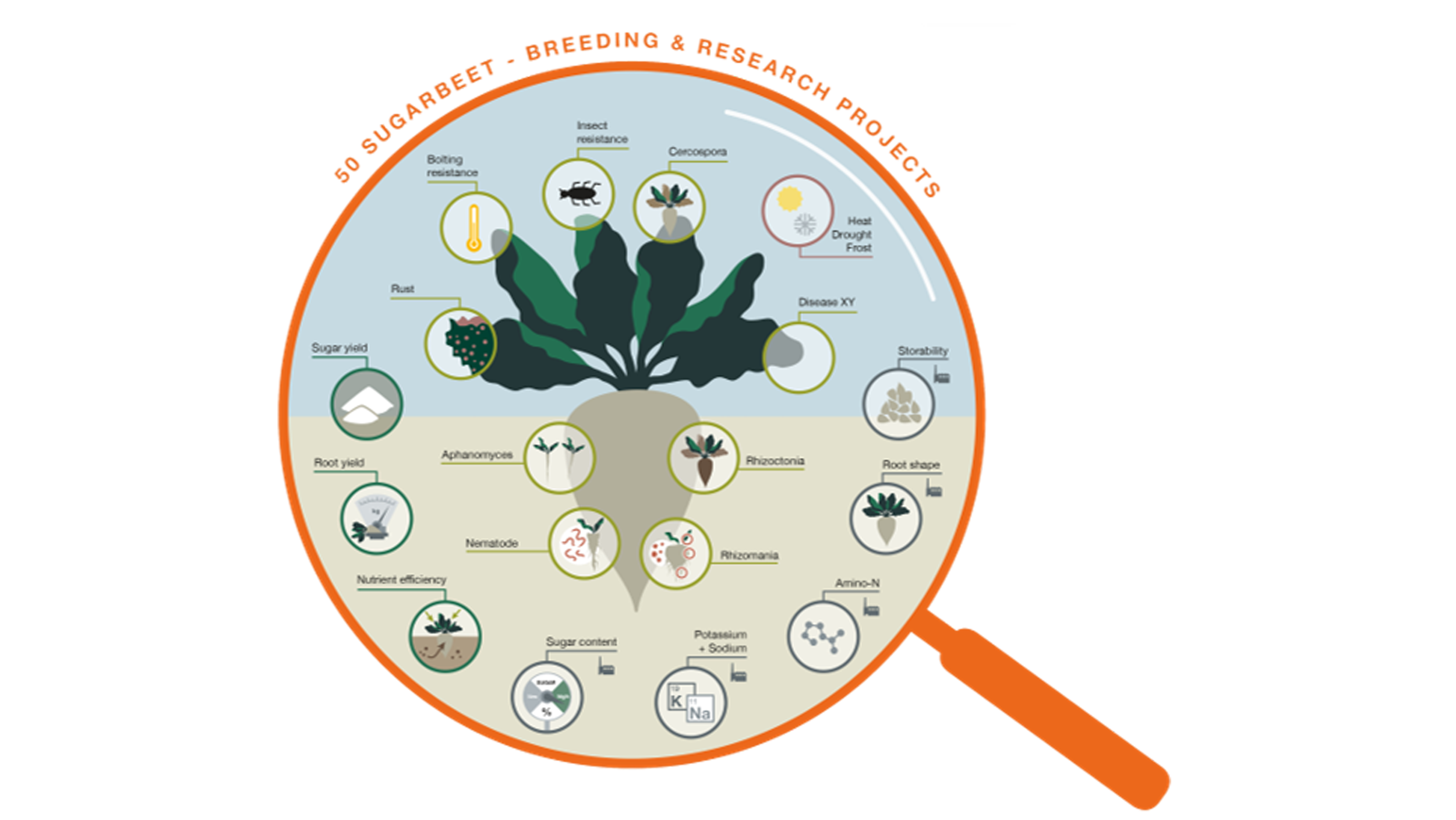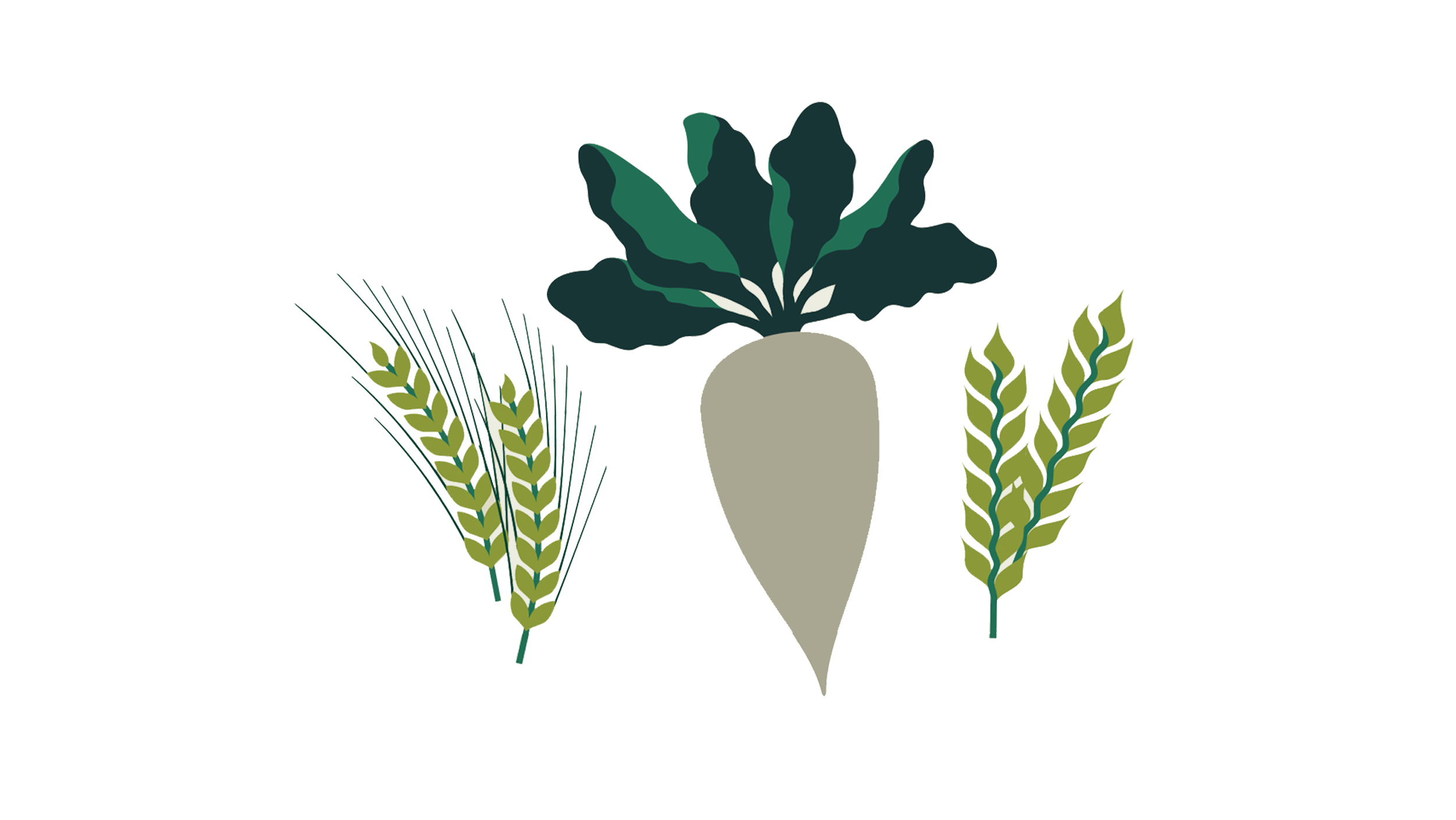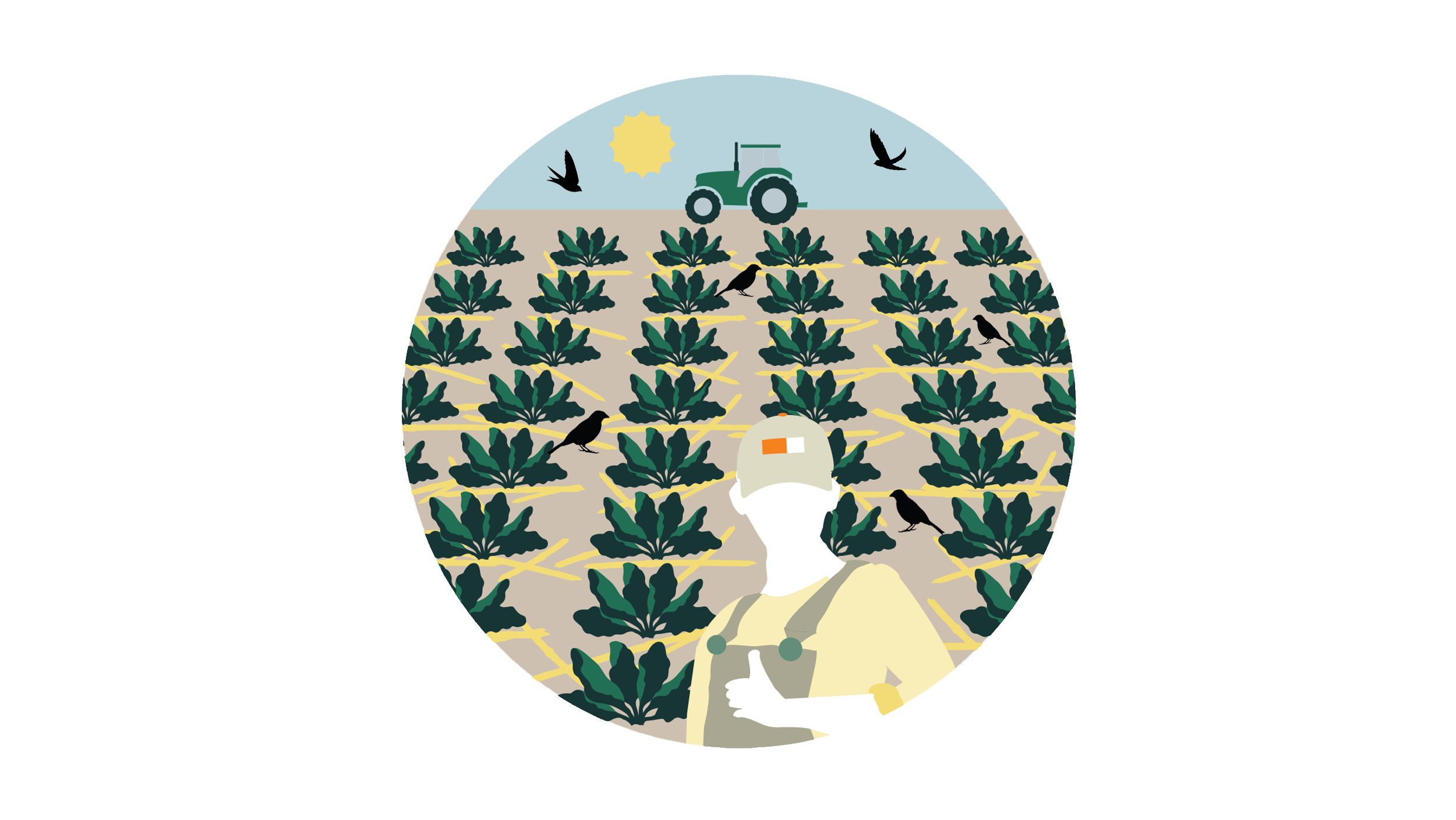Sugarbeet: Environmental protection that really pays off
Sugarbeet is a true-allrounder – it serves as a raw material for sugar production, a tasty addition to cattle feeding or an energy supplier for biogas production. In addition, the cultivation of this multi-talent can provide a number of advantages for environmental protection. Beets conserve the soil, water and resources. By the way, the sugarbeet is strong today and will be even stronger tomorrow!
Sugarbeet - the perfect fit for cereal rotations:
Sugarbeet as a spring crop and a “non-cereal” freshens up your cereal rotations.
Weeds typical for wintercereals don’t like timing and herbicides of sugarbeet.
Furthermore sugarbeet doesn’t host cereal pests and diseases and interrupts their development cycles.



